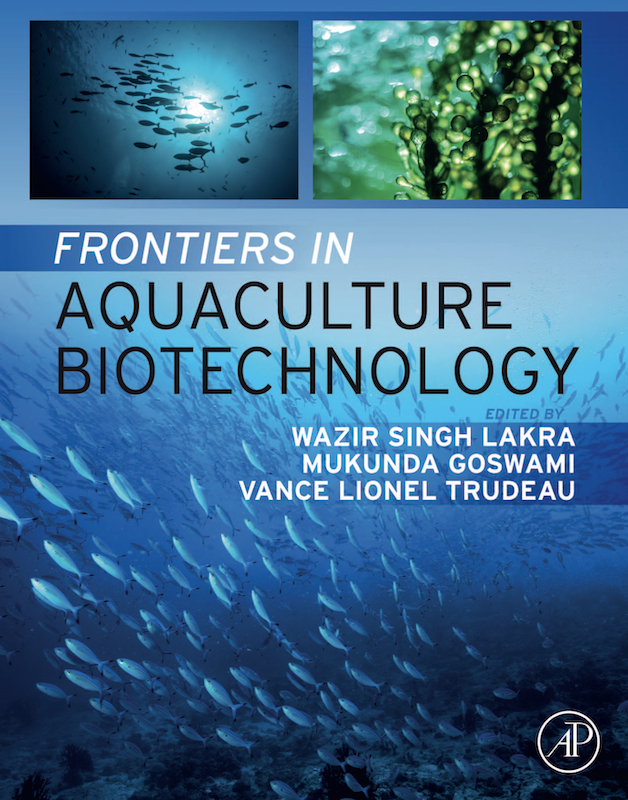
Authors: M. Gulam Hussain, M.S. Islam, M. Moshiur Rahman, and A.H.M. Kohinoor
Introduction
In Asia, the third largest aquatic biodiversity belongs to Bangladesh, behind China and India, and it is globally considered to be one of the suitable regions for fisheries. The species diversity has been attributed to the world’s largest flooded wetland (Bengal Delta) and three main river systems viz. Ganges, Brahmaputra, and Meghna that flow from the Himalayan mountain into the Bay of Bengal. Because land-based opportunities are limited, vast and rich water resources offer the best possibilities for food security and income generation for the millions of people living in the country. In particular, fresh and brackish water fisheries resources have potential for producing increased yields of fish through managed aquaculture practices. In 2018, Bangladesh was globally ranked third in inland water capture fisheries and fifth in aquaculture production. Presently, the government is making serious efforts to rehabilitate the inland fisheries and marine fisheries under the recent concept of blue economy development; meanwhile, it has focused its attention on technology-based aquaculture in the closed freshwater and marine water bodies including marine aquaculture, which has a tremendous opportunity in the country. There is no doubt that modern genetics and biotechnology represents a range of advanced and frontier technologies that extend opportunities to develop improved fish breeds having increased growth rate; to improve nutrition of aquafeeds; to improve and protect fish health; to help in the sustainable use, management, and conservation of fish stocks and other aquatic resources; and to restore and protect aquatic environments, which should have wider implications for increasing overall productivity of the fisheries sector.
The chapter has been designed and attempted to review genetically improved fish in Bangladesh, highlight the advances and challenges, and touch on their impact on aquaculture production in the country.
Read the full article at https://www.researchgate.net/publication/366635729_Genetically_improved_aquaculture_species_in_Bangladesh_advances_and_challenges.
Published January 5, 2023
